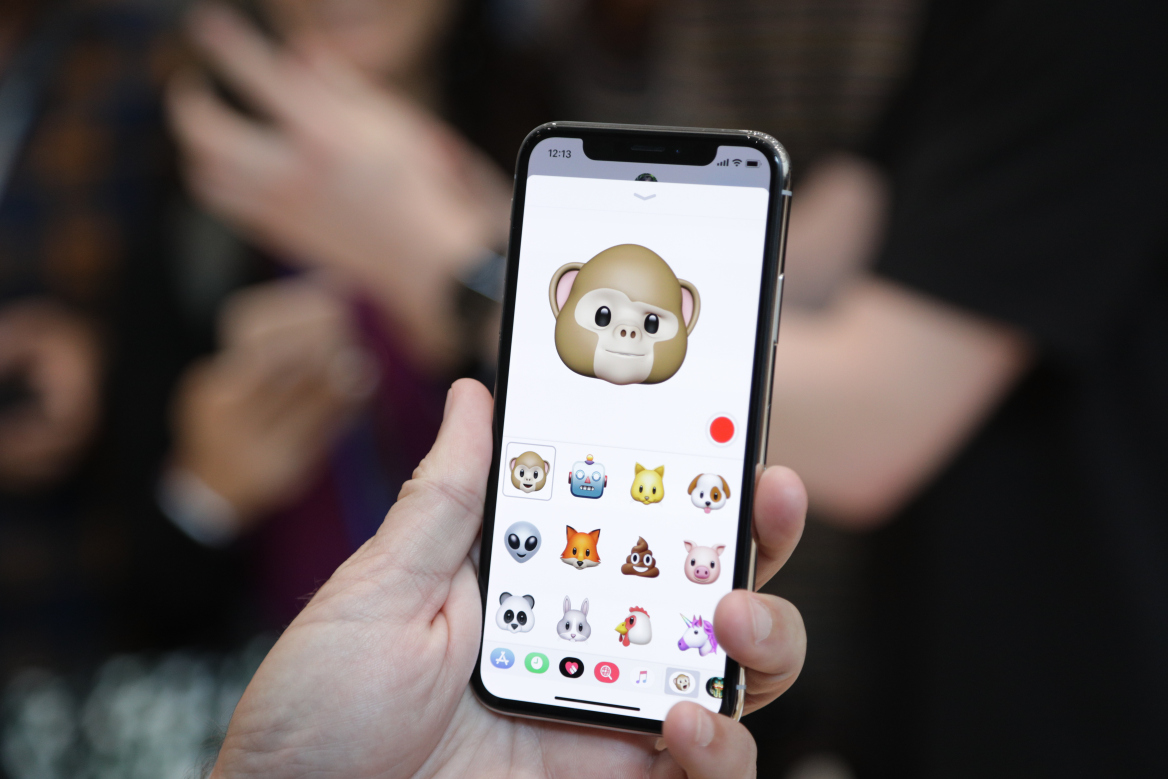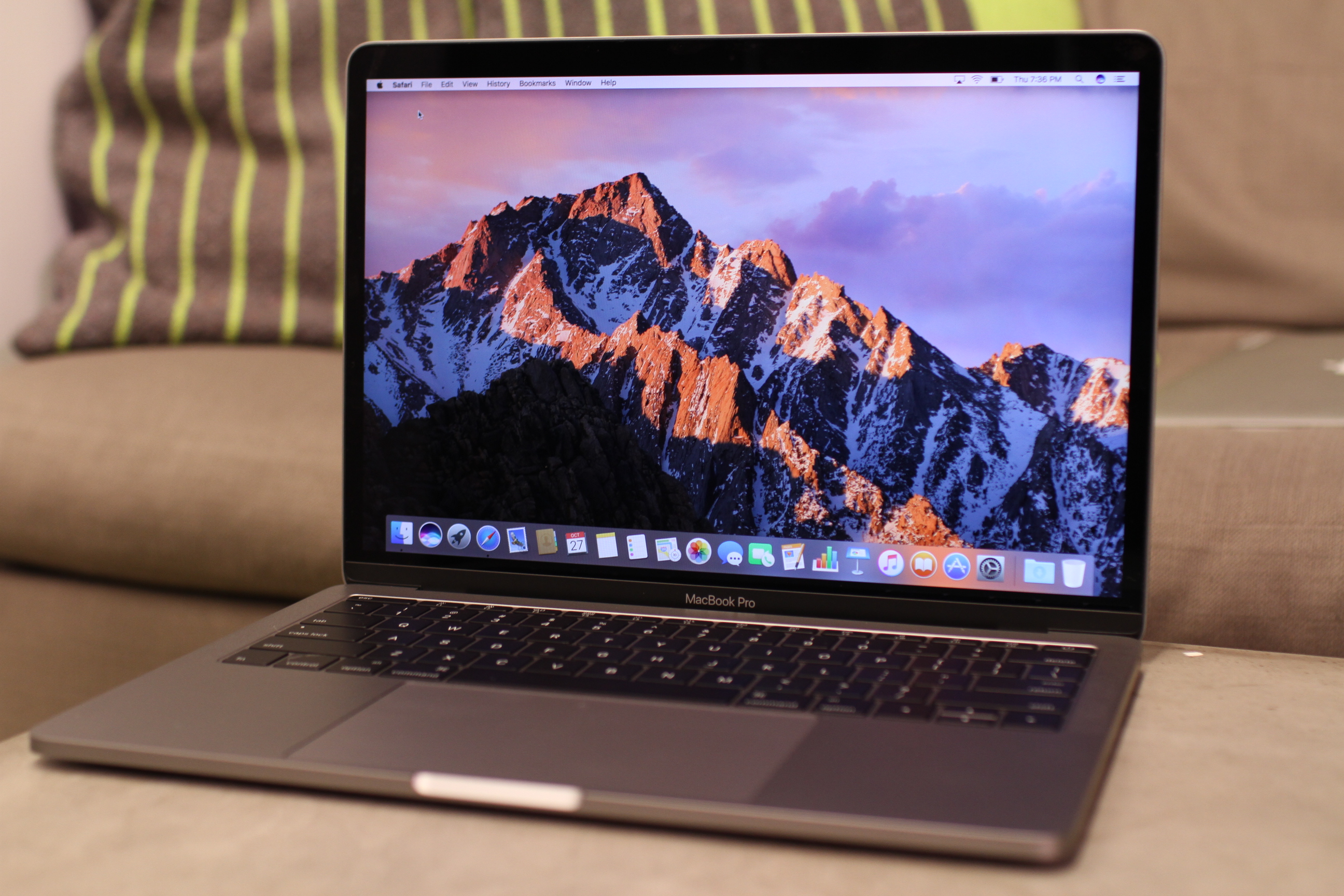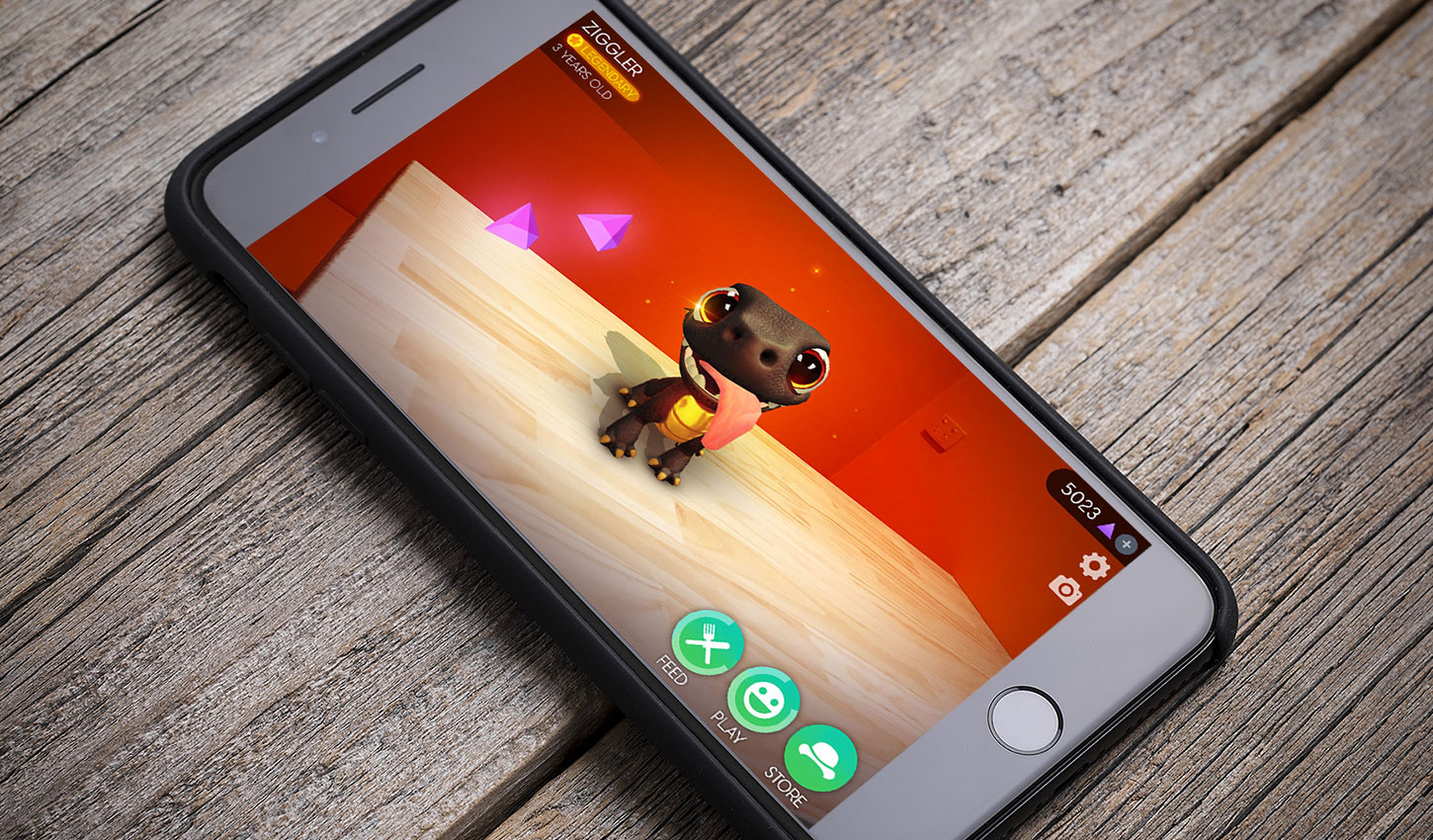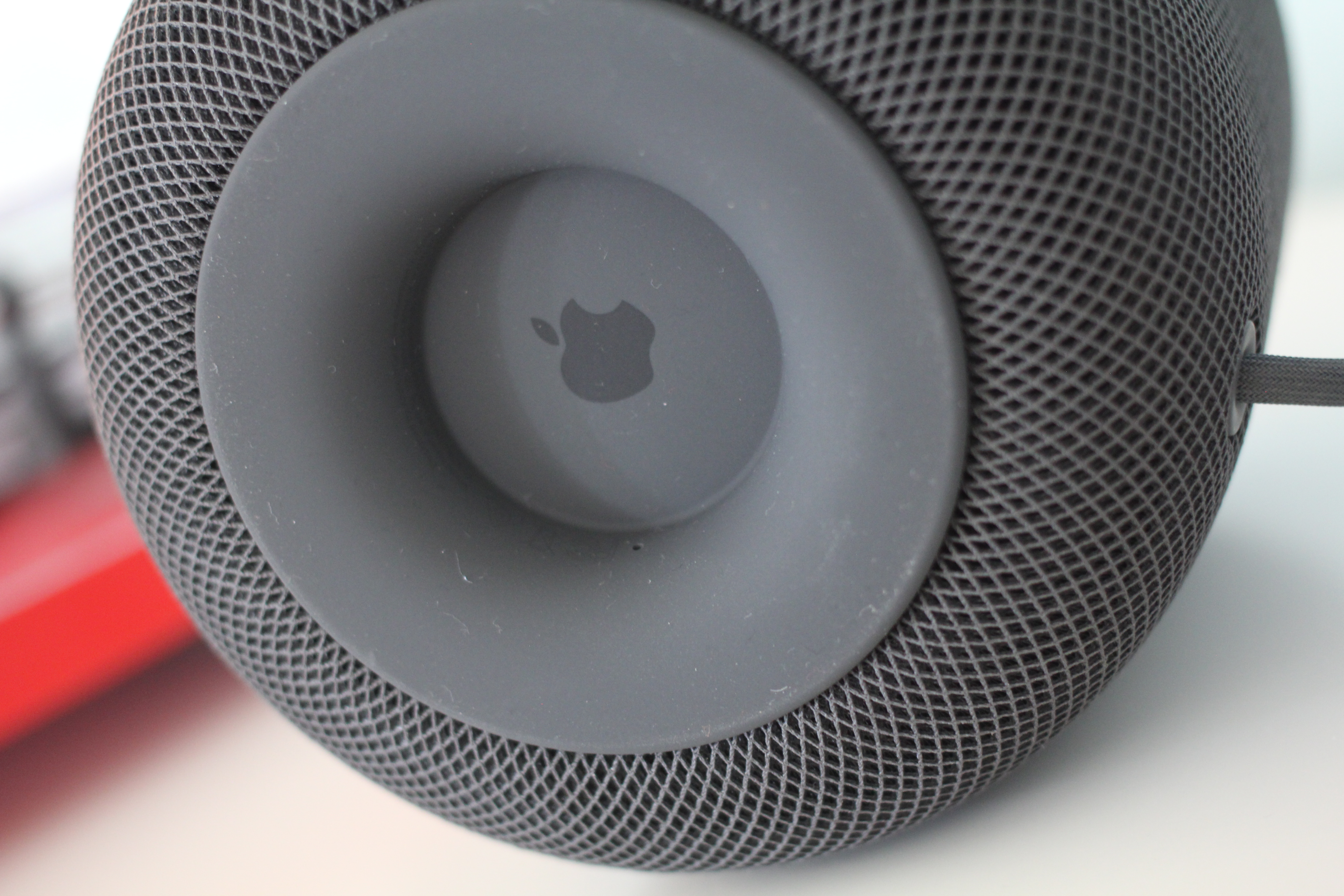Music
Trailers
DailyVideos
India
Pakistan
Afghanistan
Bangladesh
Srilanka
Nepal
Thailand
Iraq
Iran
Russia
Brazil
StockMarket
Business
CryptoCurrency
Technology
Startup
Trending Videos
Coupons
Football
Search
Download App in Playstore
Download App
Best Collections
Technology
A controversial Google contract with the U.S. military will not be renewed next year after internal and public outcry against it, Gizmodo reports. The program itself was not particularly distasteful or lucrative, but served as a foot in the door for the company to pursue more government work that may very well have been both.
Project Maven, as the program was known, essentially had Google working with the military to perform image analysis on sensitive footage like that from drones flying over conflict areas.
A small but vocal group of employees has repeatedly called the company out for violating its familiar (but now deprecated) &Don&t be evil& motto by essentially taking a direct part in warfare. Thousands of employees signed a petition to end the work, and several even resigned in protest.
But more damaging than the loss of a few squeaky wheels has been the overall optics for Google. When it represented the contract as minor, and that it was essentially aiding in the administration of open-source software, the obvious question from the public was &so why not stop&
The obvious answer is that it isn&t minor, and that theremore to it than just a bit of innocuous support work. In fact, as reportage over the last few months has revealed, Maven seems to have been something like a pilot project intended to act as a wedge by which to gain access to other government contracts.
Part of the goal was getting the companysecurity clearance fast-tracked and thus gaining access to data by which it could improve its military-related offerings. And promises to Pentagon representatives detailed far more than facilitation of garden-variety AI work.
Gizmodosources say that Diane Greene, CEO of Google Cloud, told employees today at a meeting that the backlash was too much and that the companypriorities as regards military work have changed. They must have changed recently, since discussions have been ongoing right up until the end of 2017. I&ve asked Google for comment on the issue.
Whether the expiration of Project Maven will represent a larger change to Googlemilitary and government ambitions remains to be seen; some managers are surely saying to themselves right now that it would be a shame to have that security clearance go to waste.
- Details
- Category: Technology
Read more: Google reportedly backing out of military contract after public backlash
Write comment (96 Comments)Hinge, the dating app that promised a better set of prospects by suggesting matches who share Facebook friends, is about to radically change its course: itditching its requirement that users log in with Facebook. The change will go into effect on Monday, June 5th on Android, followed by a June 12th release on iOS.
While the option to use Facebook won&t be fully removed, users will instead be able to choose to authenticate using their phone number, the company says.
The decision was prompted by ongoing requests from users who have asked for a non-Facebook login option, Hinge founder and CEOJustin McLeod says. This is especially important to the company as people &move away from Facebook and onto other platforms,& he notes.
This may refer to younger users& preference for different social platforms, as reflected by a Pew Internet survey released this week, which found that teens are dumping Facebook proper for YouTube, Snapchat and (Facebook-owed) Instagram.
But Hinge isn&t the first dating app to go this route. Bumble also recently said it was removing the Facebook requirement, in response to user feedback.
In Hingecase, however, the decision changes the dating appfundamental value proposition, which was focused on matching singles with people they were already connected to by way of Facebook friends, up to three degrees away. The premise was that this would make online dating feel less creepy. And, because you shared mutual friends, you&d be less concerned that the person was a total nut.
This also helped Hinge stand out in a space thatdominated by Tinder, which could often seem random and filled with those not in search of &real relationships,& letsay.
Over the years, Hinge doubled down on this brand position with call-outs like &meet friends of friends, not randos& in its marketing materials.
Its user profiles, meanwhile, focus less on users& looks — unlike the Hot or Not-ish Tinder. Instead, users answer getting-to-know-you questions and share fun, personality-revealing facts on their profile, along with photos and videos. But the goal is to present not just the personface or body, but their goals, interests and way they view the world.
Hinge had also experimented with features that make online dating less frustrating, ranging from anti-ghosting reduction featuresto an app that allows your friends to take over for you. (This has since shut down.)
Itunclear how well these moves have paid off for Hinge in the long run, as the company won&t share user numbers. It will only say the active member base has doubled since the beginning of the year. However, Sensor Tower estimates Hinge has more than 3 million worldwide downloads across both iOS and Android, 94 percent of which are in the U.S.
The removal of the Facebook requirement, not at all coincidentally, comes at an interesting time for dating app businesses in general, which have just learned Facebook now aims to compete with them directly.
In May, Facebook announced a new dating feature that would allow people to meet non-friends. Hinge took notice, as did others.
&Facebook Dating Looks a Whole Lot Like Hinge,& wrote Wired, for example.
&Itinteresting to see a company facing so many privacy concerns enter one of the most intimate spaces in tech today,& McLeod says of Facebookdating plans. &We&re flattered they chose to copy our designs, but ultimately we&re not worried about them as a competitor & our members are increasingly moving away from Facebook as a platform.&
Burn.
The updated Hinge app will offer users three ways to use Hinge: 1) they can continue to log in with Facebook as usual, 2) they can log in with their phone number, or 3) they can log in with a phone number, but use an option in the app to import select bio information from Facebook, for convenience.
After filling in the profile, users can disconnect from Facebook without losing the imported information, Hinge notes.
Hinge doesn&t believe the move away from Facebook as the underlying network will have an ill effect. Because of its robust profiles, which allow for the liking of individual pieces of content, it thinks its machine learning algorithms have advanced to the point where they can surpass &friends of friends& as a predictor of compatibility, the CEO says.
&Friends of friends is a symbol for what Hinge truly stands for: humanizing modern dating and fighting against the culture of shallow swiping,& says McLeod. &As the Hinge community continues to grow and evolve, we&re not relying on a single feature to best match our members; instead we&ll remain at the forefront of product development and double down on giving our members& the best offline experience,& he adds.
Itnot hard to get on board with Hingeoverall vision, but its app is still dwarfed by Tinder, which is now estimated to have more than 50 million users. Rival Bumble is growing as well, with some 22 million+ users. And because dating is ultimately a numbers game, Hinge needs the no-Facebook-needed policy to really boost its own.
- Details
- Category: Technology
Read more: Dating app Hinge is ditching the Facebook login requirement
Write comment (98 Comments)According to the calendar, itsomehow already June. That means Apple annual Worldwide Developers Conference is just around the corner. As matter of fact, things kick off in San Jose on Monday morning at 10AM PT (1PM ET).
As ever, the main thrust of the show will be focused on developers — itright there in the name — but Apple also loves to use yearly spotlight as an opportunity to make some big announcements on the consumer side, as well. iOS and MacOS will no doubt be the focus of the show per usual, but ARKit, Home Kit, Watch OS and some hardware are likely to make strong showings at the event, as well.
Applecertainly surprised us before, but hereour best (educated) guesses at what the company will be showing off in the next week.
iOS

The company dropped the latest update to its mobile operating system just week. 11.4 provides some key insight into the state of the ecosystem and, perhaps, a glimpse into where Apple is going as it continues to build connections between its various software offerings. The home was the key this time out, as the company added AirPlay and improved HomePod functionality, among others.
A glimpse at iOS 12 could well be on the schedule for Monday morning. From the sound of leaks, rumors and the like, this latest major upgrade is more about increasing the overall stability of the operating system, rather than focusing on the latest flashy features — including bug fixes and helping improve the updates introduced in its predecessor.
That said, therelikely to be at least a few interesting new, consumer-facing additions to iOS this time out. NFC-based door unlocking is one of the more compelling rumors, this time around, bringing even more highly personal functionality to Applehandsets.
A bigger push into personal health seems like a no-brainer, given everything that Applebeen focusing on with its wearable. Just this morning, word of a new digital well being features made the rounds, bringing into sharp focus the amount of time users spend on their devices. If &Digital Health& does get added here, it will join the likes of Facebook and Google in a push to give users more insight into their hardware habits.
MacOS

Appledesktop operating seems poised to get a little less love that its mobile counterpart, this time out — but honestly, what else is new In fact, the biggest rumor on this front is the addition of so-called &Universal Apps,& which further blur the line between desktop and mobile. The system would essentially provide seamless syncing between apps on the two operating systems, allowing users to switch between devices, picking up where they left off.
WatchOS In spite of a recent rename, Wear OS got virtually no love at Google I/O the other week. But Appleown wearable initiative has been a much more consistent success story for the company. While the company seems unlikely to actually show off a newer version of the watch itself, we&ll probably get a glimpse at Watch OS 5. What, exactly the wearable OS will look like, however, is strictly conjecture at the moment, though the long-awaited addition of Spotify has been rumored, and fitness features, as ever, seem like a no-brainer.
ARKit

Speaking of no-brainers, Apple could use some news on the augmented reality front, after a full year of hype. ARKIT 2.0 has been rumored for the event, bringing the ability for multiple users to share the same AR environment, to facilitate IRL multi-person games and other activities.
Hardware

This being a developer conference, hardware is never the primary focus for the event, but it always seems to sneak its way in. After all, Applealready got the eyes of the tech world on it this week, so why announce some new gadgets
New MacBook Pros seem like a reasonable candidate for the event. New Intel processors under the hood are the likeliest addition on that front. And then therethe whole keyboard bit. The new switches have been a headache for the company since they were launched back in 2016, including reports of increased failure rates and the looming specter of class action suits. Now would be the perfect chance for the company to introduce a new-new version of the QWERTY.
Rumors have always been floating around with regard to a new MacBook Air — a product thatbeen MIA for some time now, particularly in the wake of the new standard MacBook. A cheaper version of the once revolutionary laptop is said to be coming at some point this year, and WWDC could be just the right launching pad.
iPhones seem pretty unlikely here, given the release schedule the company has adhered to, but much like the MacBook Air, the iPhone SE is due for a refresh. Perhaps the company will mix things up by tossing the four-inch iPhone into the mix.
AirPower is yet another wildcard. The company announced its all-device wireless charging pad in the fall, and we&ve not heard hide nor hair of it since, which is pretty unlike Apple. Maybe we&ll actually get a release timeframe this time out Also potentially on the list are a refreshed iPad Pro, which was missing at Applerecent education event and a cheaper HomePod. The latter seems the least likely of the bunch, but Applesmart speaker will likely get some love this time out.
- Details
- Category: Technology
Read more: What to expect at WWDC 2018
Write comment (100 Comments)On the heels of Hulunews of its growing live TV business, which has now reached 800,000 subscribers, the streaming service today announced a major re-organization of it business focused on four strategic priorities, effective immediately. These include &the subscriber journey, technology - products, content and advertising,& says Hulu. The changes see three major execs departing: Chief Content Officer Joel Stillerman, Senior Vice President of Partnerships - Distribution Tim Connolly and SVP Experience, Ben Smith.
In addition, Hulu has hired two new executives to help it with its goals: CTO Dan Phillips, previously of TiVo, and Jaya Kolhatkar of Walmart Labs, who will claim the newly-created Chief Data Officer role.
Phillips had previously led TiVo&sengineering, product and professional services workforce of more than 1,000 members, and helped TiVo shift its business from being known only as a DVR maker, to a cloud services provider as well. He also previously worked at Uniscape, Crossworlds Software, and co-founded enterprise software company Metasystems, Inc.
At Hulu, Phillips will oversee a now unified Technology - Product organization, which includes engineering, Huludata center operations, its network and broadcast operations center, I.T. and program management, plus product management, user experience, and product development.
Hulu&sSanta Monica, Seattle, Marin, and Beijing teams will report to Phillips, whobased in Santa Monica, on his first day, June 4.
Meanwhile,Jaya Kolhatkar, previously Senior Vice President, Global Data and Analytics Platform for Walmart Inc., is being appointed to the newly created executive management role of Chief Data Officer, which reports directly toCEO Randy Freer. She will also be based in Santa Monica as of July 2.
At Walmart,Kolhatkaroversaw a large global team responsible for its enterprise data warehouse, big data environment, real-time predictive analytics platform and business intelligence tools, Hulu says. She also previously held senior roles at PayPal, eBay and Amazon.
At Hulu, Kolhatkar will now be responsible for all Huludata decisions, including customer intelligence and data governance, and will help Hulu make data-driven business decisions.
The &Subscriber Journey& priority & meaning everything from user acquisition to viewer experience and research & will be a focus for an expanded marketing organization, led by CMO Kelly Campbell, a Google marketing vet who joined Hulu last year.
Meanwhile, Hulucurrent SVP Experience, Ben Smith, will retire in July.
Smith had led the somewhat controversial revamp of the Huluapp, which saw the company retroactively responding to consumer complaints about the layout and organization of items in its user interface. It later rolled out updates to address some of these concerns, like a grid guide for live TV, for example.
The Content organization is also being re-organized into two groups, one focused on acquired on-demand and live content partners and another on Hulu Originals. Senior Vice President of Content, Craig Erwich, who will report to Freer, will run the Originals side.
Senior Vice President of Partnerships - Distribution Tim Connolly and Chief Content Officer Joel Stillerman are leaving Hulu as result of these changes, and Hulu is now searching for a newhead of its Content Partnerships group. TheChief Content Officer role is being dropped.
&Ben, Tim and Joel have all played a significant role in getting Hulu to the strong position it is in today. They will forever be a part of Hulusuccess story, and we wish them the very best in their next endeavors,& said Freer.
The combination of live TV and subscription video on demand (SVOD) content licensing, acquisition and business functions, into a single organization reflects Huluinterest in making more unified deals with content providers, instead of addressing all live TV and SVOD content separately.
Hulu says it will also bring more premium add-ons to its service as a result. (It currently carries HBO, Cinemax, and Showtime.)
Huluad sales group will continue reporting toSenior Vice President of Ad Sales Peter Naylor, and Hulushared services functions & Finance, Legal, Corporate Communications and Talent - Organization & will continue as usual.
This is the first major change to Huluoperations since Freer joined as CEO in October, replacing Mike Hopkins. It indicates a desire at Hulu to grow its business into even more of a major player, beyond the 20 million total subscribers it has today.
The company has benefitted from the increased exposure provided by its Emmy winning The HandmaidTale, but has largely failed to establish itself as a truly viable competitor to Netflix, in terms of originals.Stillerman, who was president of originals at AMC and Sundance TV, had helped developed The Walking Dead, and its spinoff, and the Breaking Bad prequel Better Call Saul. But Hulu hasn&t had a series of its own hits of that scale.
The changes also come as the future of Hulu seems uncertain. With Disneyproposal to acquire FoxTV and movie business, it would also gain its 30 percent stake in Hulu. Combined with its own existing stake, Disney would become a majority owner & that could be a concern for Huluother shareholders NBCU and Time Warner. And Disney is launching a Hulu / Netflix rival of its own in 2019, muddying the waters even further.
&As one of todaytop direct-to-consumer entertainment brands, led by technology, innovation and data, Hulu has an enormous opportunity to lead the media and advertising industries into the future,& said Freer, in a statement. &By adding new expertise and capabilities to our executive ranks and creating greater alignment around our customers, we are positioning Hulu to grow more rapidly, innovate more quickly and connect consumers even more deeply with the content they love.&
- Details
- Category: Technology
Read more: Hulu re-org sees departure of Content Chief Joel Stillerman, top SVPs
Write comment (99 Comments)Instagram users were missing 70 percent of all posts and 50 percent of their friends& posts before the app ditched the reverse chronological feed for an algorithm in July 2016. Despite backlash about confusing ordering, Instagram now says relevancy sorting has led to its 800 million-plus users seeing 90 percent of their friends& posts and spending more time on the app.
Yet Instagram has never explained exactly how the algorithm chooses what to show you until today. The Facebook-owned company assembled a group of reporters at its under-construction new San Francisco office to take the lid off the Instagram feed ranking algorithm.
Instagram product lead Julian Gutman explains the algorithm
Instagramfeed ranking criteria
Instagram relies on machine learning based on your past behavior to create a unique feed for everyone. Even if you follow the exact same accounts as someone else, you&ll get a personalized feed based on how you interact with those accounts.
Three main factors determine what you see in your Instagram feed:
- Interest: How much Instagram predicts you&ll care about a post, with higher ranking for what matters to you, determined by past behavior on similar content and potentially machine vision analyzing the actual content of the post.
- Recency: How recently the post was shared, with prioritization for timely posts over weeks-old ones.
- Relationship: How close you are to the person who shared it, with higher ranking for people you&ve interacted with a lot in the past on Instagram, such as by commenting on their posts or being tagged together in photos.

Beyond those core factors, three additional signals that influence rankings are:
- Frequency: How often you open Instagram, as it will try to show you the best posts since your last visit.
- Following: If you follow a lot of people, Instagram will be picking from a wider breadth of authors so you might see less of any specific person.
- Usage: How long you spend on Instagram determines if you&re just seeing the best posts during short sessions, or itdigging deeper into its catalog if you spend more total time browsing.
Instagram mythbusting
Instagramteam also responded to many of the most common questions and conspiracy theories about how its feed works. TechCrunch can&t verify the accuracy of these claims, but this is what Instagramteam told us:
- Instagram is not at this time considering an option to see the old reverse chronological feed because it doesn&t want to add more complexity (users might forget what feed they&re set to), but it is listening to users who dislike the algorithm.
- Instagram does not hide posts in the feed, and you&ll see everything posted by everyone you follow if you keep scrolling.
- Feed ranking does not favor the photo or video format universally, but peoplefeeds are tuned based on what kind of content they engage with, so if you never stop to watch videos you might see fewer of them.
- Instagramfeed doesn&t favor users who use Stories, Live, or other special features of the app.
- Instagram doesn&t downrank users for posting too frequently or for other specific behaviors, but it might swap in other content in between someoneif they rapid-fire separate posts.
- Instagram doesn&t give extra feed presence to personal accounts or business accounts, so switching won&t help your reach.
- Shadowbanning is not a real thing, and Instagram says it doesn&t hide peoplecontent for posting too many hashtags or taking other actions.
TodayInstagram whiteboard session with reporters, its first, should go a long way to clearing up misunderstandings about how it works. When people feel confident that their posts will reach their favorite people, that they can reliably build a public audience, and that they&ll always see great content, they&ll open the app more often.
Yet on the horizon looms a problem similar to what Facebookalgorithm experienced around 2015: competition reduces reach. As more users and businesses join Instagram and post more often, but feed browsing time stays stable per user, the average post will get drowned out and receive fewer views. People will inevitably complain that Instagram is trying to force them to buy ads, but ita natural and inevitable consequence of increasingly popular algorithmic feeds.
The more Instagram can disarm that problem by pushing excess content creation to Stories and educating users about how the feed operates, the less they&ll complain. Facebook is already uncool, so Instagram must stay in our good graces.
- Details
- Category: Technology
Read more: How Instagram’s algorithm works
Write comment (90 Comments)Apple is fixing one of the worst parts of the concert experience: waiting in line for a beer while you miss your favorite song. Last weekBottleRock music festival near San Francisco was the first to try a new &order ahead with Apple Pay& feature that Apple hopes to bring to more events. You just open the festivalapp, select the closest concession stand, choose your drinks, Apple Pay with your face or fingerprint and pick up the beverages at a dedicated window with no queue.
Check out our demo video below.
BottleRockupscale wine and oldies music fest, 100 miles from the tech giantheadquarters, has become a testbed for Apple Pay. Last year, every concession stand got equipped with the SquareApple Pay-ready point of sale system and special fast lanes for customers who used it instead of cash or credit card. Thirty percent of all transactions at BottleRock were made with Apple Pay, according to an Apple spokesperson, proving people wanted a faster way to get back to the show.
With order ahead, your drinks are ready for pick up so you don&t even have to break your dance stride. Having gone to 14 Coachellas, I&d learned to forego booze rather than risk losing my friends or a chance to hear that hit single while stewing in the beer garden lines. But Apple Pay powered the best concert commerce experience I&ve had yet. I&m sure I&m not the only one who knocked back a few more drinks last weekend because it was so convenient.
Thatwhy I foresee music festivals jumping at the chance to integrate into their apps order ahead with Apple Pay. They and their vendors will see more sales, while attendees see more music. Meanwhile, ita smart way for Apple to reach a juicy demographic. Apple Pay is especially helpful when you&re in a rush, but festival goers will return home more likely to use it day-to-day.
Often times, music festival tech, like friend-finding apps and location-based alerts, can interrupt the moment. Apple Pay succeeds here by fading away, keeping you in harmony with the present.
- Details
- Category: Technology
Read more: Apple Pay tests ‘order ahead’ for drinks at music festivals
Write comment (91 Comments)Page 5198 of 5614

 5
5





